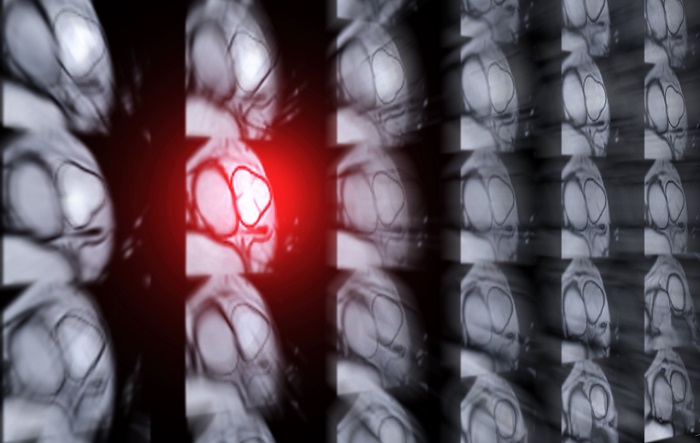Enhanced Cardiovascular MRI Predicts Heart Risk in Children with Hypertrophic Cardiomyopathy
Posted on 06 Dec 2024

Hypertrophic cardiomyopathy (HCM) is the most prevalent genetic cardiovascular disorder and a leading cause of sudden cardiac death in young people, with a yearly mortality rate of 1%. However, 10% to 20% of individuals with HCM face a significantly higher risk of sudden cardiac death. Predicting this risk is challenging, as most patients, even those at high risk, show few or no symptoms. Previous studies have demonstrated that cardiovascular magnetic resonance imaging (MRI) with late gadolinium enhancement (LGE) could identify adults with HCM at an elevated risk for sudden cardiac death. LGE involves injecting gadolinium, a contrast agent, into the bloodstream, which then perfuses the heart. An initial MRI is performed as the gadolinium circulates through the heart muscle, followed by a second MRI about ten minutes later. The “late” MRI shows areas where gadolinium accumulates in damaged parts of the heart, which appear brighter on the image. The extent of this enhancement can be measured. However, this technique had not yet been tested for its ability to predict risks in younger patients.
Current risk assessment models rely on patient test results and echocardiograms, but LGE provides additional information on specific regions of the heart. A multi-institutional team, led by researchers at the Heart Institute at Children’s Hospital Los Angeles (CHLA, Los Angeles, CA, USA), examined whether adding LGE to existing models could better predict sudden cardiac death in children with HCM. To assess if LGE could predict HCM risk in children, the team conducted a 7-year retrospective cohort study involving 700 patients with hypertrophic cardiomyopathy from 37 sites globally. They found that patients with higher levels of LGE had lower left ventricular ejection fractions and larger left atrial diameters. Specifically, patients with 10% or more LGE relative to total myocardial mass had a significantly higher risk of sudden cardiac death, with an unadjusted hazard ratio of 2.19. The study, published in JAMA Cardiology, concluded that incorporating LGE into existing risk models—such as the HCM Risk-Kids and PRIMaCY score—enhanced their predictive accuracy.
“The larger amount of late gadolinium enhancement indicates larger areas of scarring, which is predictive of worse cardiac function and sudden cardiac death," said Jon Detterich, MD, Principal Investigator in the Heart Institute at CHLA. “The higher the LGE, the more predictive the score was at estimating patient risk and outcomes. This method can help us to distinguish the high-risk patients who would benefit from more immediate and intensive monitoring, therapies, and interventions—like an implantable defibrillator or surgery—from the patients at low risk of cardiac issues.”














